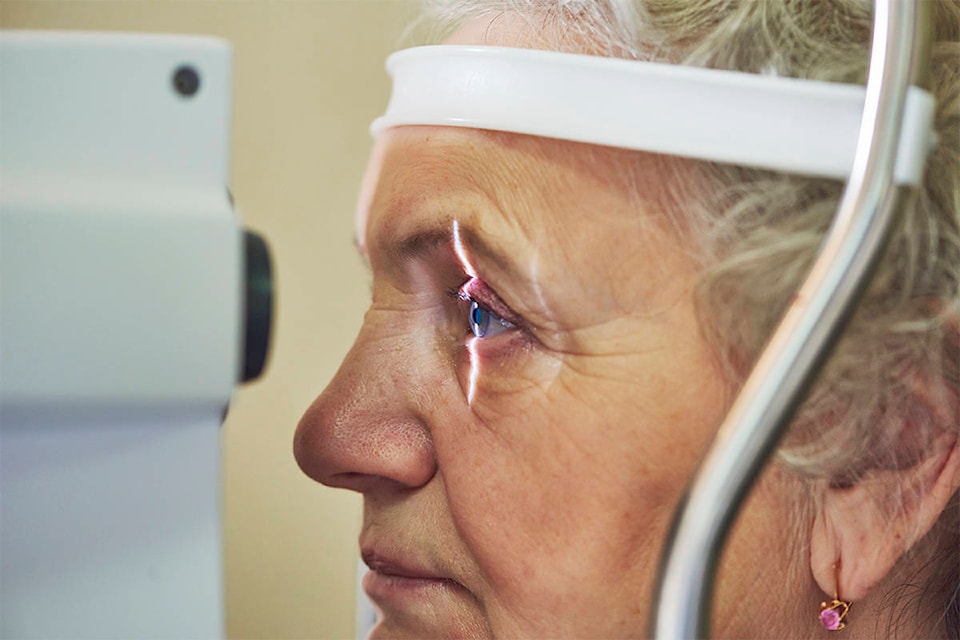Yukoners with glaucoma will now be able to go straight to optometrists for treatment without a referral process.
Previously regulations in the territory required consultation with an ophthalmologist (a physician specializing in eye care) prior to diagnosis and treatment.
Nancy Meagher, the Yukon government’s director of professional licensing and regulatory affairs, said the new regulations will clarify roles for health professionals and are now up-to-date with standards across the country.
“The main benefit is for interprofessional clarity about the handoff between and referrals between optometrists and ophthalmologists,” she said. “In practise, the optometrists did diagnose and do early treatment of glaucoma in the territory. So that’s the same as pretty much everywhere in Canada.”
The Whitehorse General Hospital has no ophthalmologists on staff, but there are visiting physicians who operate in Whitehorse through its specialist clinic.
The changes will allow optometrists to diagnose and manage glaucoma directly. Patients still need to be referred when necessary for things like complex cases and worsening conditions.
Brett Bartelen, owner and optometrist at Whitehorse Optometrist, said he welcomes the change.
“We are trained to diagnose and manage many conditions including glaucoma. We are also trained to identify when an additional intervention or treatment that we cannot provide may be beneficial and to generate the appropriate referral,” Bartelen said.
“The prognosis for some conditions can worsen the longer a patient goes untreated. The changes announced last Friday will help reduce wait times by having optometrists only refer those patients that require the services of a specialist,” he said.
The Yukon government said the changes will align Yukon healthcare with the training provided to optometrists.
“These changes will allow optometrists to practice in a way that better aligns with their training while allowing ophthalmologists to focus on their areas of expertise and increases services available to Yukoners while supporting local businesses,” said Community Services Minister John Streicker in a statement.
Glaucoma is a relatively common condition where high pressure in the eye begins to affect nerves. It’s one of the leading causes of blindness for seniors and once it occurs vision loss can’t be reversed, according to the Glaucoma Research Society of Canada.
Common treatments include medication and eye drops. The condition also sometimes requires laser or conventional surgery to relieve pressure.
“The biggest concern with glaucoma is that there is often no obvious symptom,” Bartelen said. “Meanwhile a person’s peripheral vision may be slowly and permanently diminishing. A person may not notice the vision loss until the later stages when it has started to affect portions of the central vision.”
Screening for glaucoma is part of a standard eye exam, and Bartelen said routine visits to an optometrist every year or two are an important way to maintain vision health.
“For a person that has or is suspect to develop glaucoma the most important thing is monitoring. Once that person has been identified, their optometrist can watch for changes over time and determine if and which type of intervention may be required,” he said.
Contact Haley Ritchie at haley.ritchie@yukon-news.com
